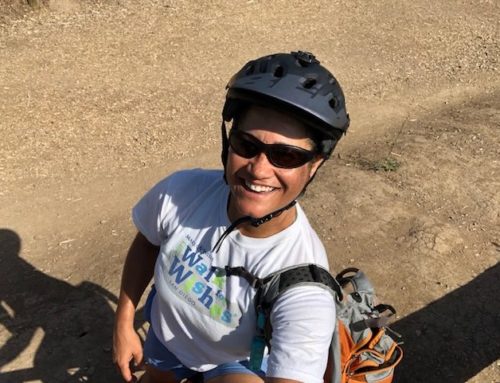The abs and low back together form the “core” of the body. Unlike the other muscle groups, these guys usually work overtime since they are engaged in almost every activity that we do. This may not be apparent unless you have ever injured yourself in this area, and then even the simplest of things (walking, getting up,etc…) seem difficult.
The abdominals are properly known as the rectus abdominis, the transversus abdominus, and the internal and external obliques. They are responsible for bending at the waist (flexing), bending to the sides, and rotating the spine. The low back region is often referred to as the low lumbar and is made up of the latissimus dorsi, erector spinae, as well as the internal and external oblique muscles. This area sustains injury more often than other areas partly due to improper lifting techniques. So it is very important to keep this region in prime shape in order to avoid injury, as well as learn the proper way to lift. The exercises I’m going to go over in this issue won’t require any weight, instead your body weight will act as your resistance.
For starters, whenever you go to left something over 5 pounds, you should flex your knees, bend down, and pick it up. However, it is much easier to simply bend at the waist, keeping the knees straight, and kind of swing an arm down and grab your desired target. However, while it may be easier, it is also wrong. That is one reason why many people injure their low back—they don’t want to take the time or expend a tiny bit more energy in order to do it right. Once you have injured that area, and you realize how inconvenient it is to do everyday tasks, you are usually convinced otherwise.
Let’s start with the low back exercises. One that I use often with clients is the Superman exercise. To begin, lie face down (preferably on carpet or a mat) with your arms extended above your head and elbows straight (like Superman) and then raise your torso up off the floor as high as you can while keeping your neck stationary. This looks as if it wouldn’t do much, but it’s actually an excellent means of strengthening the low back and is often used in physical therapy clinics. A modified version of this calls for the arms as well as the legs to move. Again, the subject is lying face down in a prone position on the floor, the left arm and right leg are raised simultaneously, alternating with the right arm and left leg. Just be sure to try to keep the elbows and knees from bending.
The abdominal muscles offer many varieties in which to train them. Let’s just start with a basic crunch. You begin by lying on your back with your knees bent and your feet flat on the floor. Beginners can cross their arms over their chest, otherwise place your finger tips behind your ears with your elbows wide and to the sides. From there, raise your shoulder blades off the ground by curling your torso up and keeping your neck straight. A common error when performing these is to bend at the neck rather than at the waist. Unlike a sit-up, it is not necessary for the back to completely leave the ground; only the shoulder blades need to lift up off of it.
Many variations of the crunch exist, but for simplicity I will just name a few. The first calls for your feet to be off the ground with your knees at 90-degree angles. From that position, execute the movement in the same way you did with the basic crunch. This usually proves a little more challenging. A second variation is what I call the bicycle crunch. With this exercise, you again place your finger tips behind your head and with both legs off the ground—one bent and the other straight—you twist one elbow towards the opposite bent knee and then alternate and do it on the other side. This exercise incorporates more of the oblique muscles since you are twisting as well as crunching. I think you will find it much more challenging than the other two versions and very effective.
Well, I hope you’ve enjoyed the exercises outlined in this article and the ones that preceded this. This most important ingredient in making progress is just being consistent, and that may mean re-prioritizing your schedule. When first trying a new exercise, be sure and learn the proper form before increasing the weight or repetitions. Try to stay within the 8-15 repetition range on most exercises except for the abdominals, which allow for higher reps like 15-50. Above all else, know the difference between pain and muscle fatigue. Your muscles should fatigue while working them, but your joints shouldn’t hurt. If you feel pain stop and seek advice from your doctor or from a personal trainer. And always use good judgment.
Melissa Allen, BS, CPT, CES is a certified personal trainer, corrective exercise specialist and Medifast health coach, is the owner of the Optimum Condition Corrective Exercise & Performance Center, located in El Cajon, in the East County of San Diego. We specialize in customized fitness training and corrective exercise for both recreational athletes and post-rehab clients, as well as guaranteed weight loss programs or your money back. You can schedule a free consultation to help you get started. Please visit her website at OptimumCondition.org.





